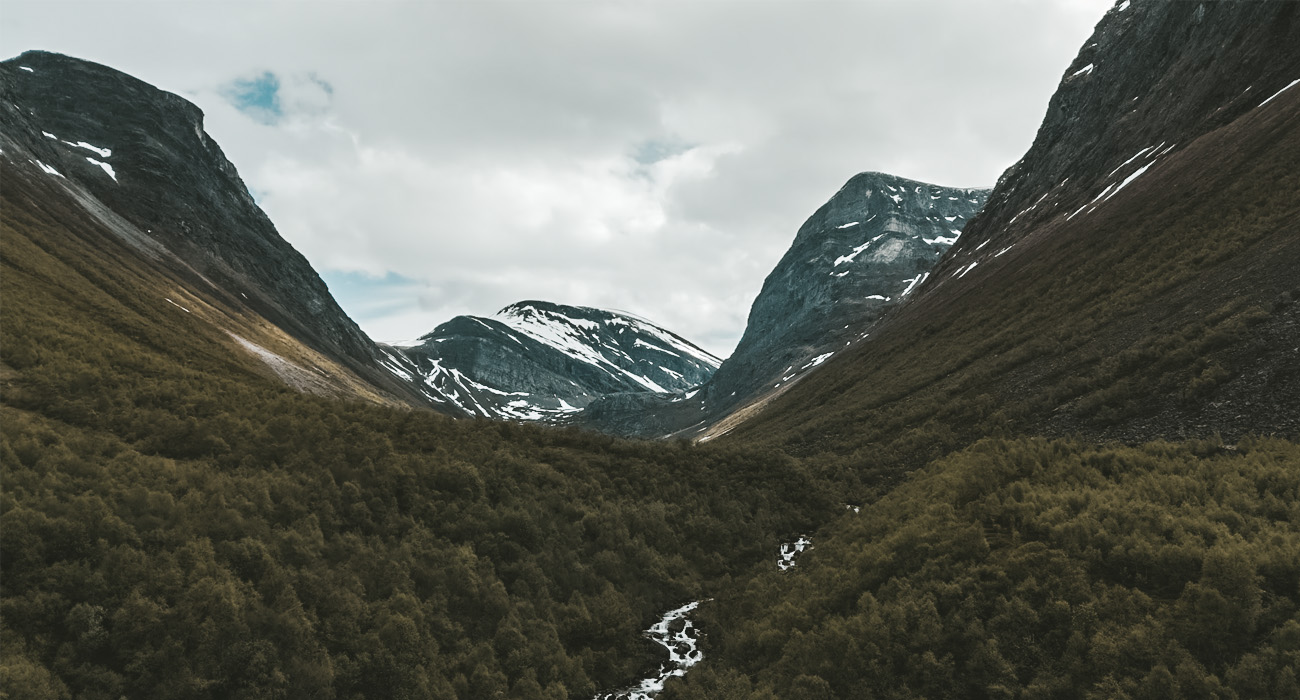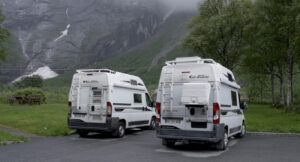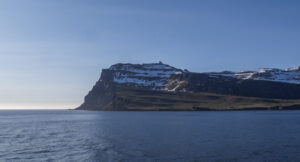Every landscape photographer dreams of capturing that one image — iconic, striking, and entirely their own. But how do you find the best destination for such a shot? With social media overflowing with the same over-photographed places, the true magic lies in seeking out unique, lesser-known landscapes. This post will guide you through the process of discovering rare locations, preparing for the journey, and traveling smart — all while staying budget-friendly and avoiding tourist crowds.
1. Define What “Best Destination” Means for You
Before anything else, understand what kind of landscapes inspire you:
- Do you gravitate toward mountains, deserts, coasts, or remote forests?
- Are you after dramatic light, abstract textures, or cultural elements within the landscape?
The best destination isn’t just scenic — it aligns with your personal style and vision as a photographer.
2. Use Research Tools Like a Pro
Finding the perfect place starts online, but not where most tourists look.
- Google Earth & Maps: Use satellite views to scout for interesting topography or natural patterns.
- Flickr & 500px (Sorted by “Least Popular”): Discover lesser-photographed gems.
- Topographic Maps & Hiking Apps: Apps like Gaia GPS, AllTrails, or Komoot can reveal remote viewpoints.
- Photographers’ Forums & Reddit Threads: Look for posts by fellow landscape photographers exploring off-grid areas.
Pro Tip: Avoid the first page of “best travel destinations” lists — go deeper into blogs, local photography clubs, or small regional tourism boards.
3. Planning the Trip
Once you’ve identified a potential location, plan with precision:
- Weather & Seasonal Conditions: Research climate patterns to know the best time for light, foliage, or snow.
- Accessibility: Check how remote the spot is, and what permits or physical preparation it requires.
- Safety: Is it safe for solo travel? Are there local regulations for drones or protected areas?
Keep a detailed list of GPS coordinates, sunrise/sunset times, and local emergency contacts.
4. Budget-Friendly Travel Strategies
To reach the best destination without draining your savings:
- Use Flight Alerts: Sites like Skyscanner, Google Flights, or Airfarewatchdog notify you of deals.
- Go Local: Travel off-season, or choose nearby regions over famous spots (e.g., Georgia’s Caucasus Mountains instead of the Alps).
- Multi-Leg Travel: Fly to a major hub, then use local trains, buses, or car shares to access remote regions.
For accommodation:
- Use platforms like Hostelworld, Booking.com, or trusted guesthouses
- Contact local hiking or photography clubs – they often have insider tips or private room rentals.
5. Capture Without the Crowds
The most iconic landscape images come from moments of solitude.
- Shoot at Blue Hour or after dawn: Most tourists arrive later.
- Hike further: Even 2km off the main trail can give you unique angles.
- Build Local Contacts: Talk to locals — farmers, guides, or rangers often know hidden viewpoints unknown to Google.
6. Destinations to Inspire You
Here are a few rare, underexplored landscapes to spark your search:
- Lofoten’s lesser-known islands (Norway)
- Tsingy de Bemaraha (Madagascar) – surreal stone formations
- Faroe Islands’ back valleys
- Tajikistan’s Fann Mountains – rich textures and color shifts
- Chile’s Aysén Region – glacial rivers and untouched terrain
Final Thoughts
Finding the best destination for your iconic landscape photography is more than clicking a viral spot. It’s about exploration, creativity, and crafting a story that’s entirely your own. Through thoughtful research, careful planning, and a passion for the path less taken, you can turn rare locations into unforgettable images — and perhaps even help preserve their uniqueness by telling their story with respect.
Practical Tips at a Glance:
- Best Travel Tools: Google Earth, AllTrails, Skyscanner, Gaia GPS
- Affordable Accommodation: Local hostels, guesthouses, Couchsurfing
- Best Time to Travel: Shoulder seasons (spring/autumn)
- Always Check: Accessibility, weather, safety, and permits
- Pack Light: Bring a tripod, filters, lightweight gear — and a backup battery




